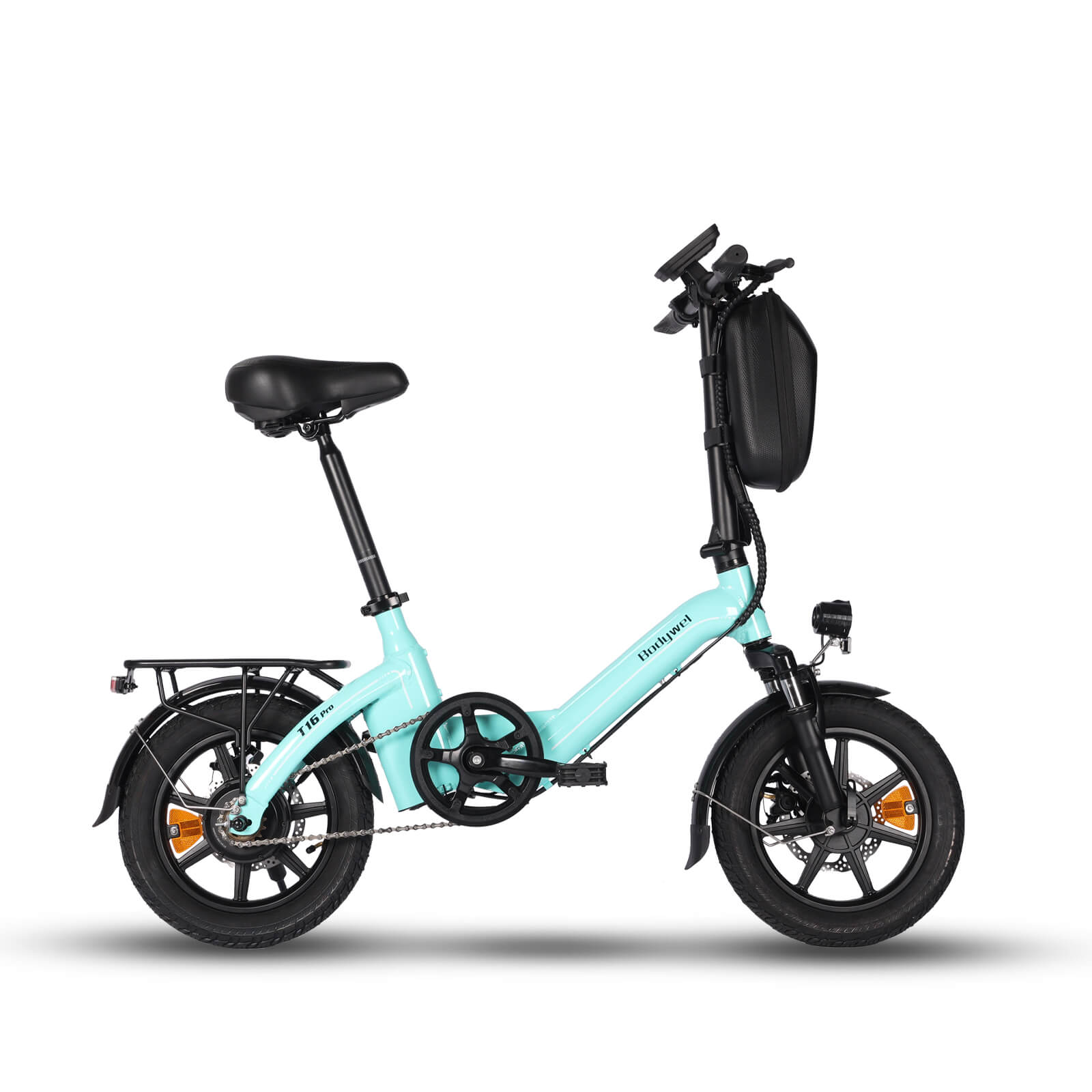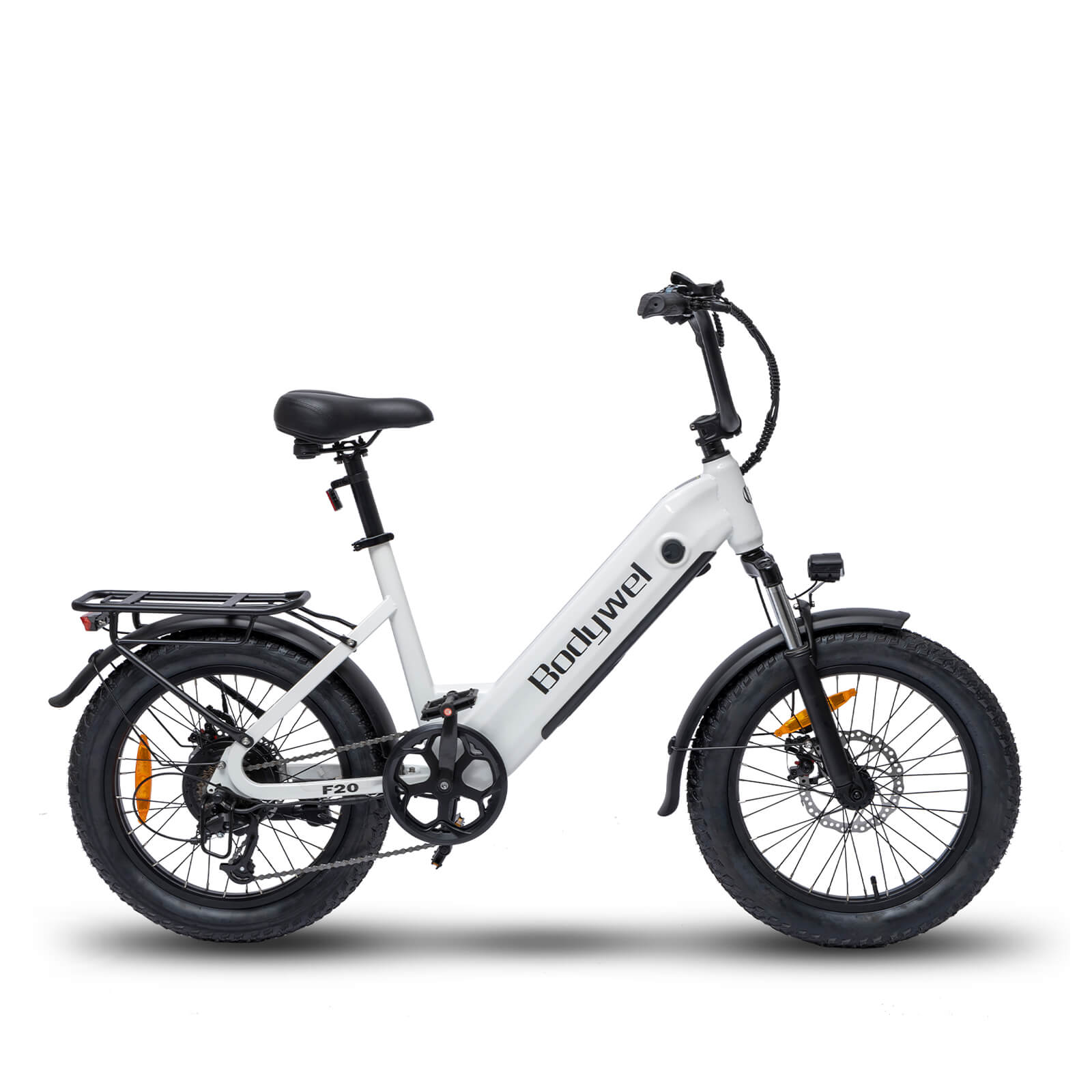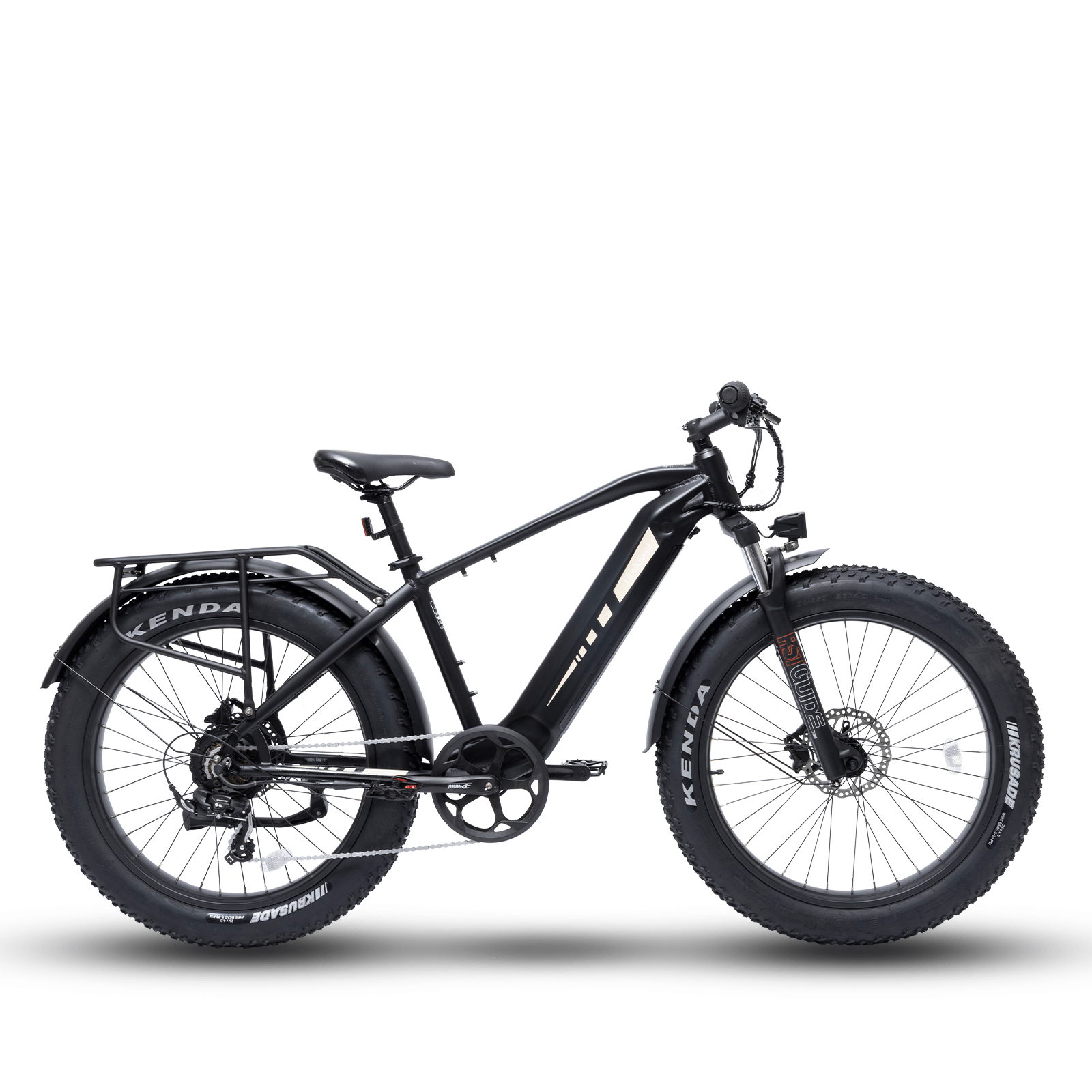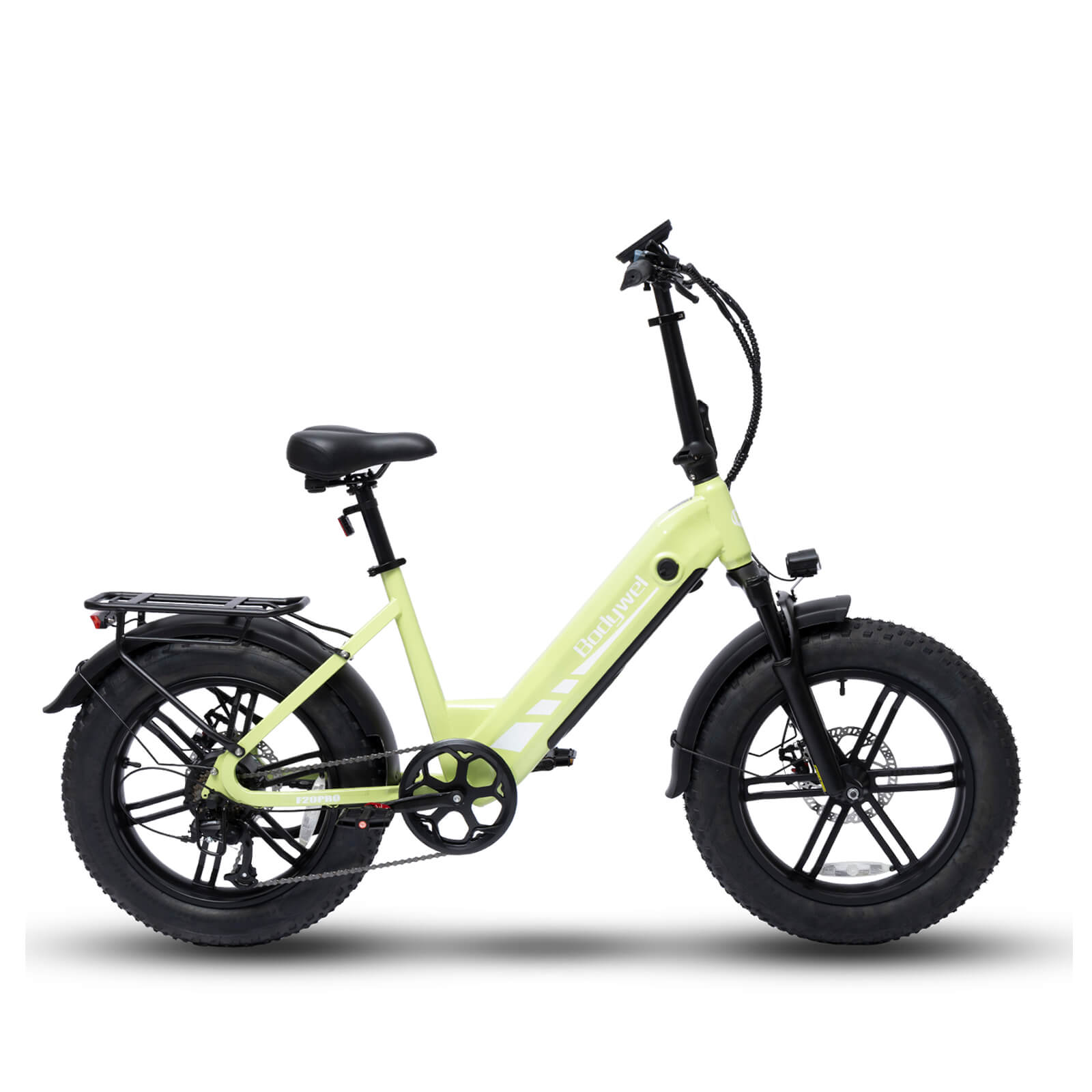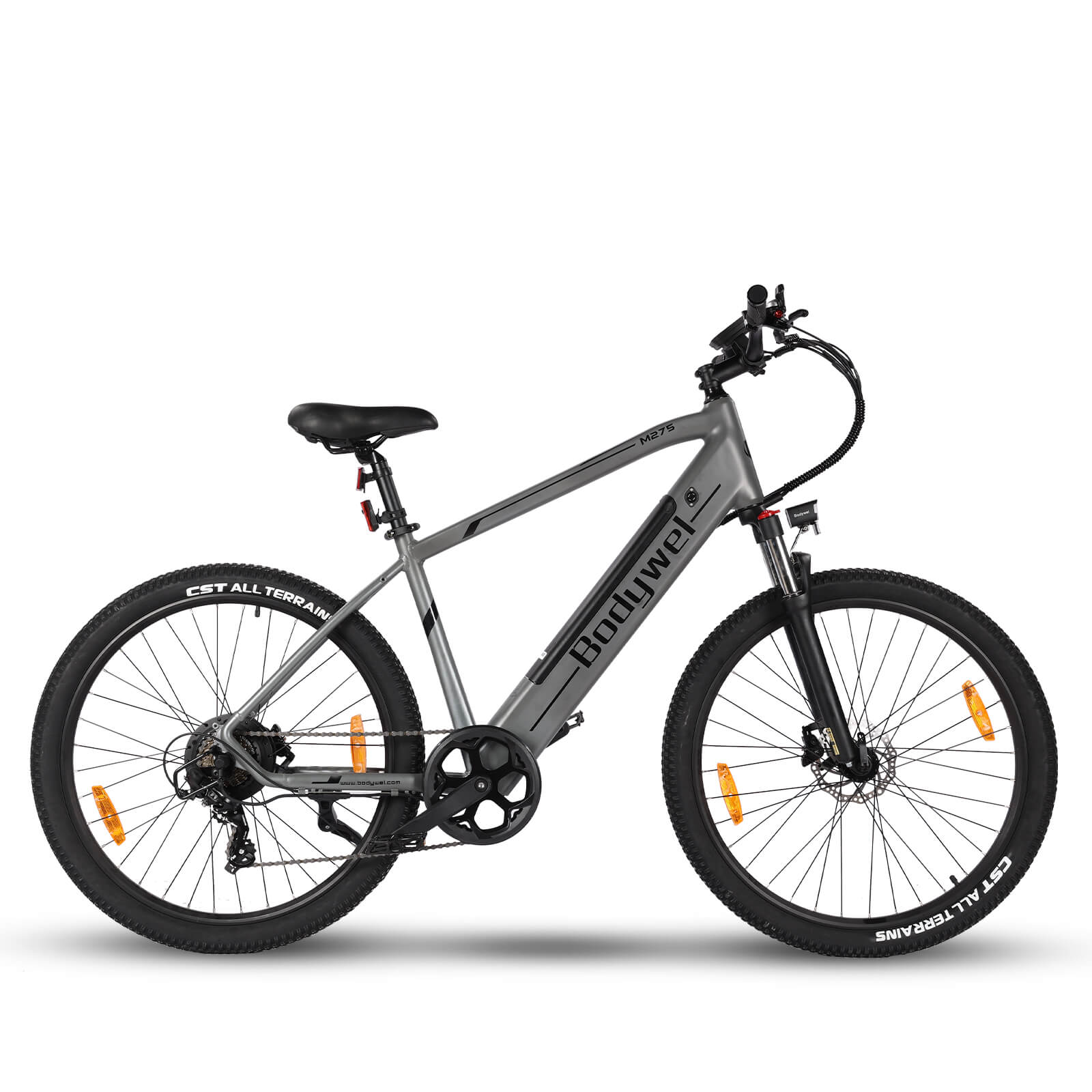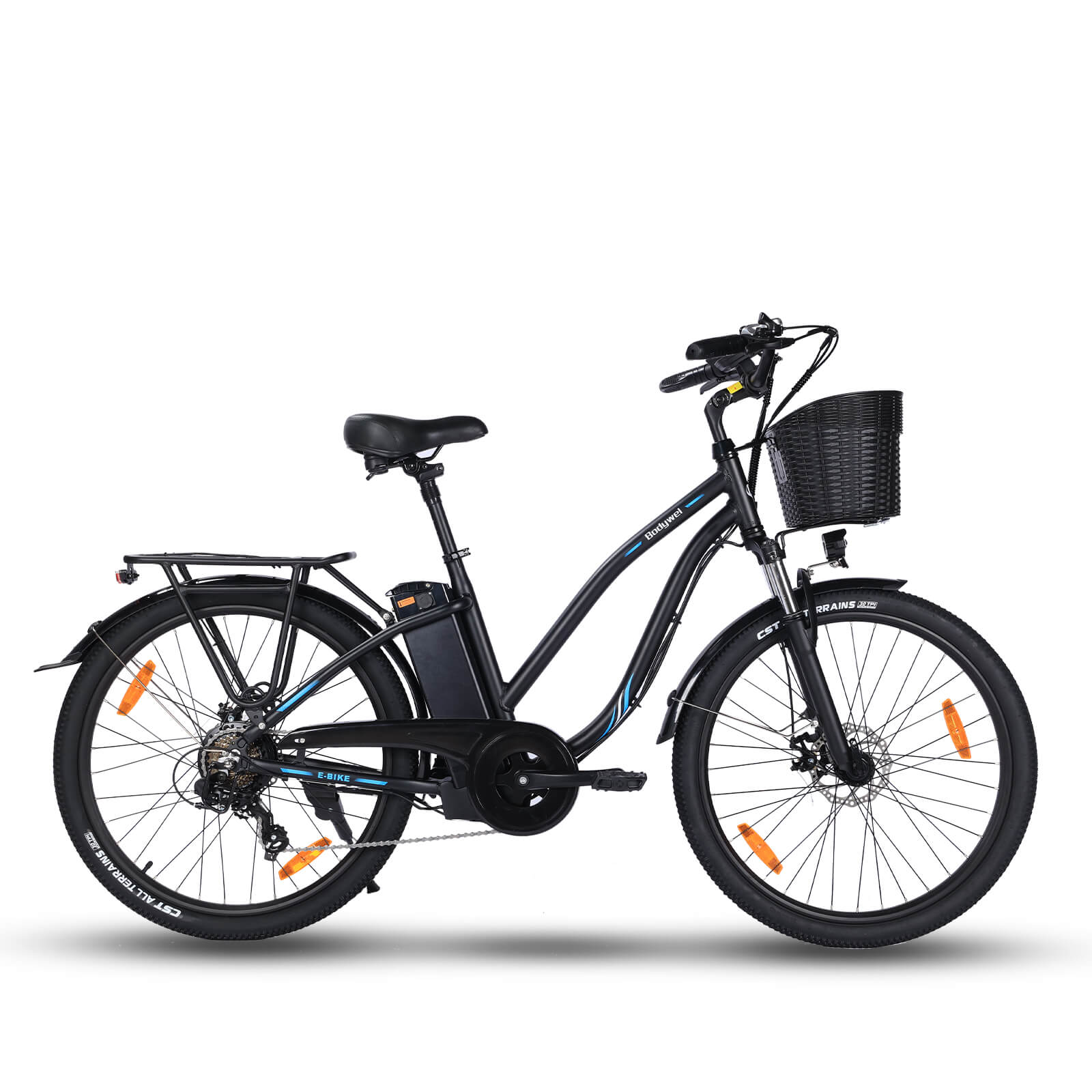5 Must-Know Facts Before Buying an E Gravel Bike in 2024

Electric gravel bikes combine off-road versatility with pedal-assist power, making them ideal for adventure seekers. Before purchasing one in 2024, consider battery range, motor placement, frame materials, tire clearance, and intended terrain use to ensure the best fit for your needs.
Battery Range and Efficiency
The battery capacity of an e-gravel bike directly impacts how far you can ride on a single charge. Most models offer 400–700Wh batteries, with high-end options exceeding 900Wh. For mixed-terrain riding, we recommend prioritizing energy-dense batteries with smart power management systems. Mid-drive motors typically optimize efficiency better than hub motors, especially on hilly routes.
Real-World Usage Scenarios
In testing, a 500Wh battery lasts approximately 60–80 miles on eco mode (50% assist) but may drop to 30–40 miles in turbo mode on technical gravel paths. Always check manufacturer estimates against third-party reviews—some brands exaggerate range claims by 15–20%. For bikepacking, consider models with swappable batteries or compatibility with range extenders.
Motor Placement and Power Delivery
Mid-drive motors (e.g., Bosch Performance Line CX or Shimano EP8) dominate the e-gravel segment due to their balanced weight distribution and natural pedal feel. These systems leverage the bike’s gearing, making them efficient on climbs. Hub motors, while quieter, often struggle with torque delivery on loose surfaces. Look for motors offering at least 60Nm torque and customizable assist profiles via companion apps.
Frame Materials and Durability
Aluminum remains the go-to for budget-conscious riders, offering robustness at a lower weight penalty than steel. Carbon fiber frames (like those from Specialized or Trek) reduce vibration but cost significantly more. Pay attention to frame warranties—premium brands often cover e-bike components for 2–5 years, whereas generic manufacturers may exclude motor and battery coverage.
Tire Clearance and Versatility
Modern e-gravel bikes accommodate 40–50mm tires, crucial for absorbing vibrations on rough terrain. Models with adjustable geometry (flip chips or suspension forks) adapt better to varying conditions. Tubeless-ready rims are now standard, reducing puncture risks—a critical feature given the added weight of e-bike systems.
Terrain Adaptability and Use Cases
These bikes excel on fire roads, singletrack, and mixed-surface routes, but not all handle technical MTB trails equally. If you prioritize speed, opt for a model with aero touches like internal cable routing. Commuters might prefer integrated lights and racks, while adventure riders should prioritize mounting points for cargo cages. Test rides are essential—assist modes behave differently across brands, and cockpit ergonomics vary widely.
0 comments




